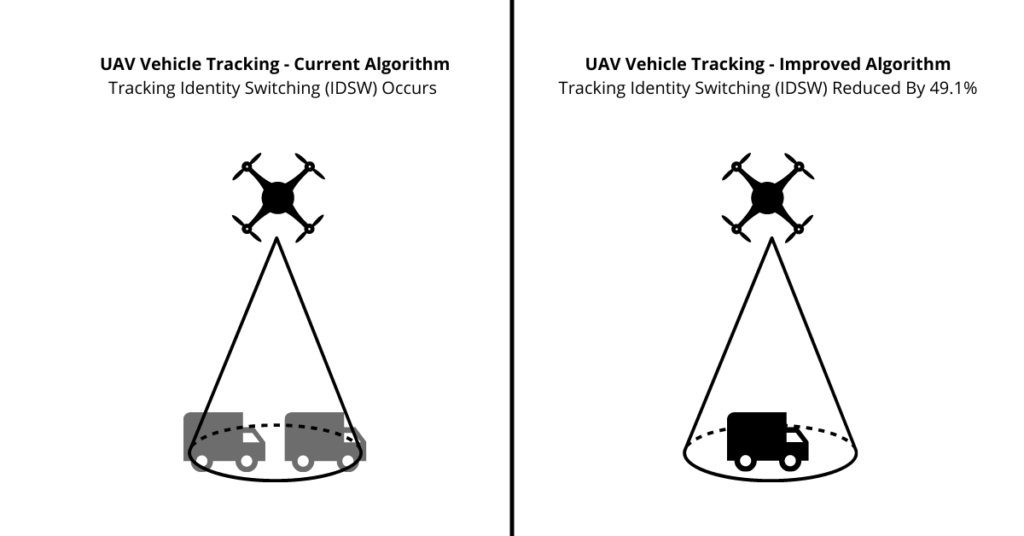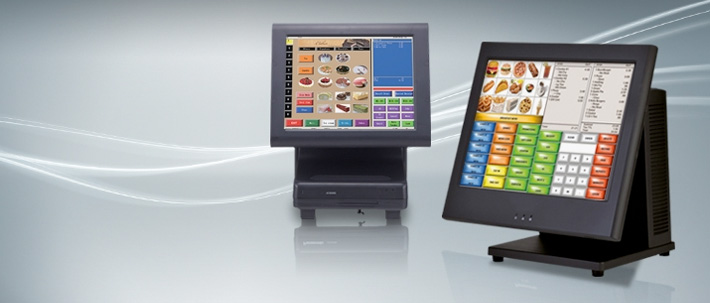Military-Grade UAV Tracking Deployed In ‘Smart City’ Surveillance Schemes
Many industries are increasingly utilising unmanned aerial vehicles or UAVs for fleet tracking, in order to obtain information about where vehicles are at any and all times.
However, this is not without its drawbacks.
The unconstrained state of the UAV – that is, airborne, and therefore subject to the elements and other types of interference – means that the image often isn’t of the highest quality. It can be jittery, blurry and simply not the quality that is needed.
A major issue with this is known as “identify switching” – where the UAV is unable to consistently maintain a fix on the chosen vehicle and can unintentionally shift its focus onto another target. This makes fleet tracking by UAV unreliable.
In a recent study, an improved DeepSort vehicle tracking algorithm has been proposed following tests. This is based on software known as Yolov5s which teaches the fleet tracking model to remove the redundant target position prediction box.
In plain English, this means that the UAVs aren’t so easily distracted.
UAV fleet tracking models currently do not often contain the appearance of the vehicle that is being monitored, which makes it susceptible to learning incorrect data – and tracking the wrong subject.

The updated algorithm that was being tested was able to better understand the data set and therefore track more consistently and accurately, and the results show significant improvements.
Tracking identity switching (or IDSW) in the experiment was reduced by almost 50% in addition to other key metrics such as MOTA and MOTP which improved by 3.2% and 0.3% respectively.
These advancements in target recognition – not only for fleet tracking but in all kinds of UAV surveillance – demonstrate the rapidly increasing intelligence of machine learning algorithms outside of military applications and in everyday ‘smart city’ futures on the rise.
Categories: News
Tags: fleet tracking, vehicle tracking




